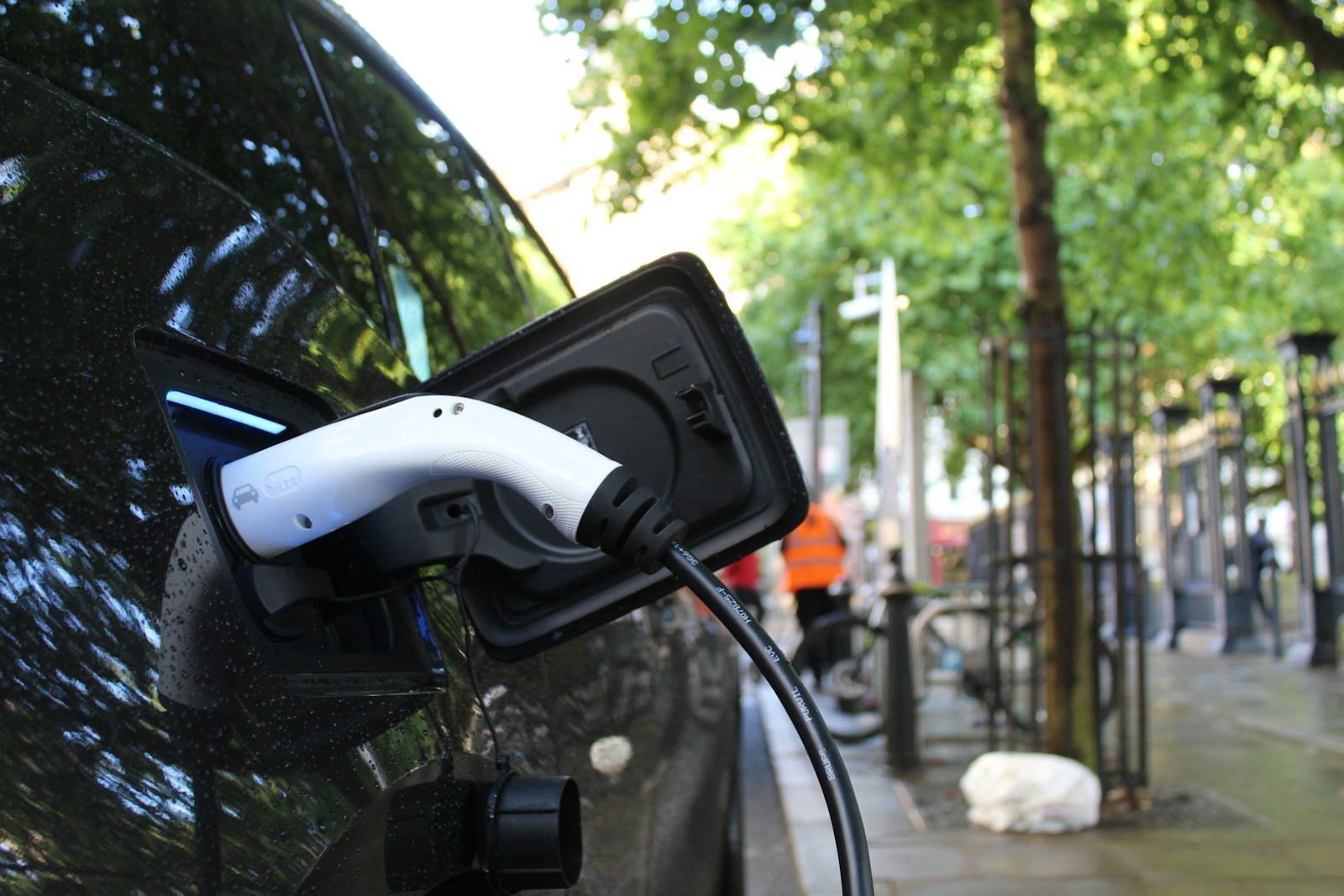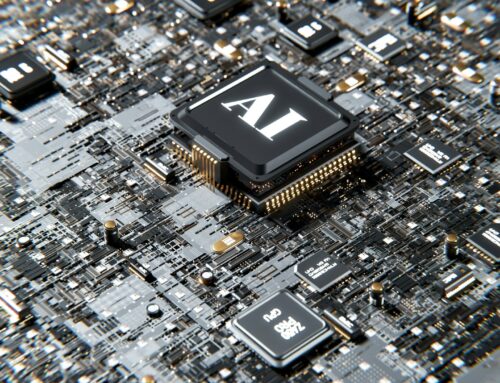Under the impact of global geopolitical tensions, the electric vehicle supply chain is facing significant changes. Starting from 2024, countries like the United States and the European Union have implemented tariff measures to restrict the import of electric vehicles from China. By 2025, the supply chain is expected to clearly split into two major camps: American and non-American. This division is particularly evident in key component areas, including lithium battery systems and smart vehicle electronics. The U.S. may adopt a regulatory model similar to the semiconductor industry, strengthening controls at both the production and technology levels.
In response to this supply chain reorganization, Taiwanese manufacturers can adopt three major strategies:
Align with system integrators and follow major automakers’ production base adjustments.
Basic component manufacturers can shift production lines based on transportation cost considerations.
Strategically enter emerging markets with favorable policies, such as Southeast Asia. This supply chain reorganization also brings new opportunities for Taiwanese businesses, including providing non-Chinese components to Chinese automakers and participating in non-Chinese supply chain systems set up by European and American car manufacturers. This is not only a challenge but also an important opportunity for Taiwan’s industrial upgrading and transformation.





